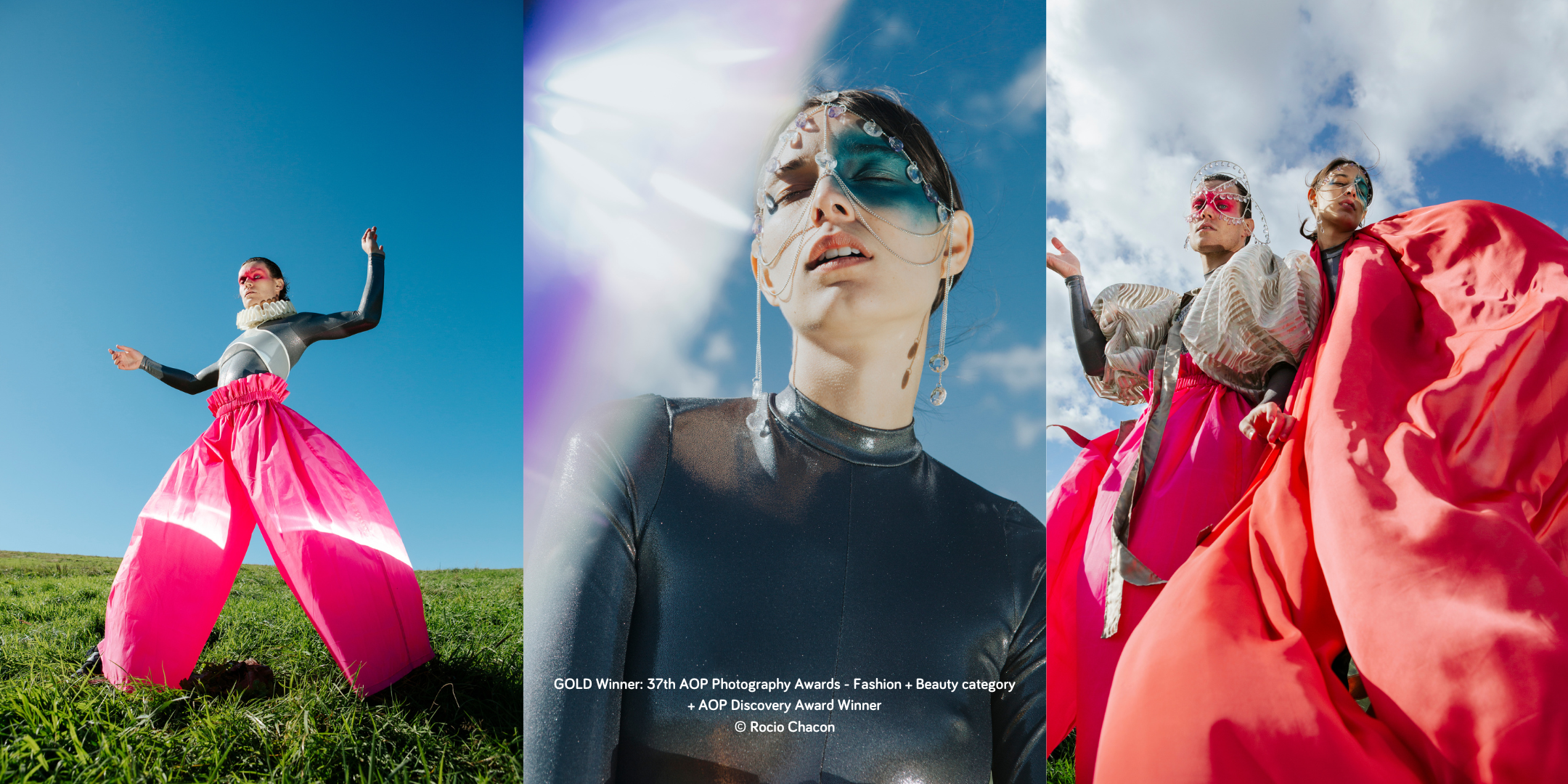Copy goes here

There are a million and one various competitions and awards out there for photographers to enter their work into, not least our own Photography Awards programme, so how does one make sure it’s as painless as possible to enter?
The first step is Research: You need to take the time to look at the judges, previous winners and of course, the terms of entry. Looking at the judges, and the judging process, especially in the context of your own work, can tell you a lot about the level that the competition is operating at, and possibly a hint at the potential for success. Entering work with a view to perhaps making a connection with a judge, assuming they are relevant to your own career path and zone of interest is a motivator for many.
Checking out previous winners and any attendant change in their career trajectory is also a good indicator of the credibility of the competition. How much have those previous winners benefited from their success (any financial rewards excepting)? Where are they now? Generally speaking, decent organisations, outfits and brands create decent ventures in turn.
Whether or not one pays to enter can be another determining factor, although this is not as clear-cut as simply believing that free-to-enter is good and anything else is bad, far from it; some pay-to-enter awards are extremely worthwhile, particularly if there is some form of curated or considered output, such as a book, catalogue or exhibition. Look at the processes involved – an element of rigour and a lot of transparency will go a long way to reassure you that, in handing your money over, you are not simply lining the pockets of the organisers.
And talking of organisers, how visible are they? Can you speak to them (perhaps not literally, but via message or email)? Do they have a legit address and structure that surrounds the competition or award you are considering? If the answer to these questions is positive, you are in clear water.
Last, but certainly not least, is the not insubstantial matter of the terms of entry (a.k.a., the ‘T’s and C’s’). In fact, this should arguably always be the very first thing you should concern yourself with, before you invest a load of your time in any further research. Checking out the terms of entry will reveal if you are giving away rights which you may well not find acceptable.
The worst competitions are those that take all rights to the work off entrants, sometimes phrased as an assignment of copyright, but more often set out as a broad blanket of rights taken by the organisers that will read something like, an ‘irrevocable, sub-licensable, perpetual, global licence to use the work in any media for any purpose’ or words to that effect. Beware! These nefarious outfits are effectively building image libraries for free on the backs of unsuspecting photographers. Taking rights off you, above and beyond what is needed to run the competition or awards, is a practice known as ‘rights-grabbing’ and those competitions and awards are ‘rights-grabs’. This is an unethical practice predicated on the fact that, comparatively, very few people are aware of the existence and value of intellectual property. Knowing that the work you create is protected by copyright and that you have rights enshrined in law, to allow you to benefit economically from your creations, is hugely empowering and forms the basis of most creative licensing business models.
A good competition or awards will have an ethical set of standards for the protection of your rights when you enter a piece of your work. The organisers should only ask for a licence (the rights) to use the work in connection with the awards or competition itself, and even then it should only be for a year or so (after all, presumably there’s a new round every year or two, right?), with a possible option to include in an archive. Additionally, these rights should be restricted to a short-list, the finalists or even just the winners. Any competition or awards that is looking to use all entries submitted, is up to something, and it’s not likely to be to your advantage.
Other red flags might be that you are being asked to forgo your moral rights. These are unique rights attached to the author of a piece of work, that are also enshrined in the same legislation that underpins our copyright, and allow us to object to derogatory use (if someone messes about with your image in an image-editing programme, for example, and makes it look awful), being tagged with the wrong credit and, assuming we have expressed our desire to, be credited when our work is published. These moral rights are unassignable by us, but we can agree to give them up, a process called a ‘waiver’, through a clause in the terms of entry – and let’s not forget, that the terms of entry are a contract between us and the competition or awards organisers, so it’s worth paying proper attention to the small print. As we know, the devil is in the detail.
Nick Dunmur, AOP Business & Legal Adviser
#Research PreviousWinners EntryFees #Organisers TermsOfEntry #RedFlags #EthicalStandards #Copyright #Licence #MoralRights #Waivers
The Association of Photographers is a membership organisation dedicated to promoting, protecting and educating photographers of all levels – from those starting out, to experienced professionals, and everyone in between.
© The Association of Photographers Ltd
The AOP Photography Awards are known as the ‘Oscars’ of the photography world. They celebrate excellence in the creative photography and image-making industry.
This is your chance to be seen by leading commissioners and names within the photographic industry.
Enter our 39th AOP Awards…